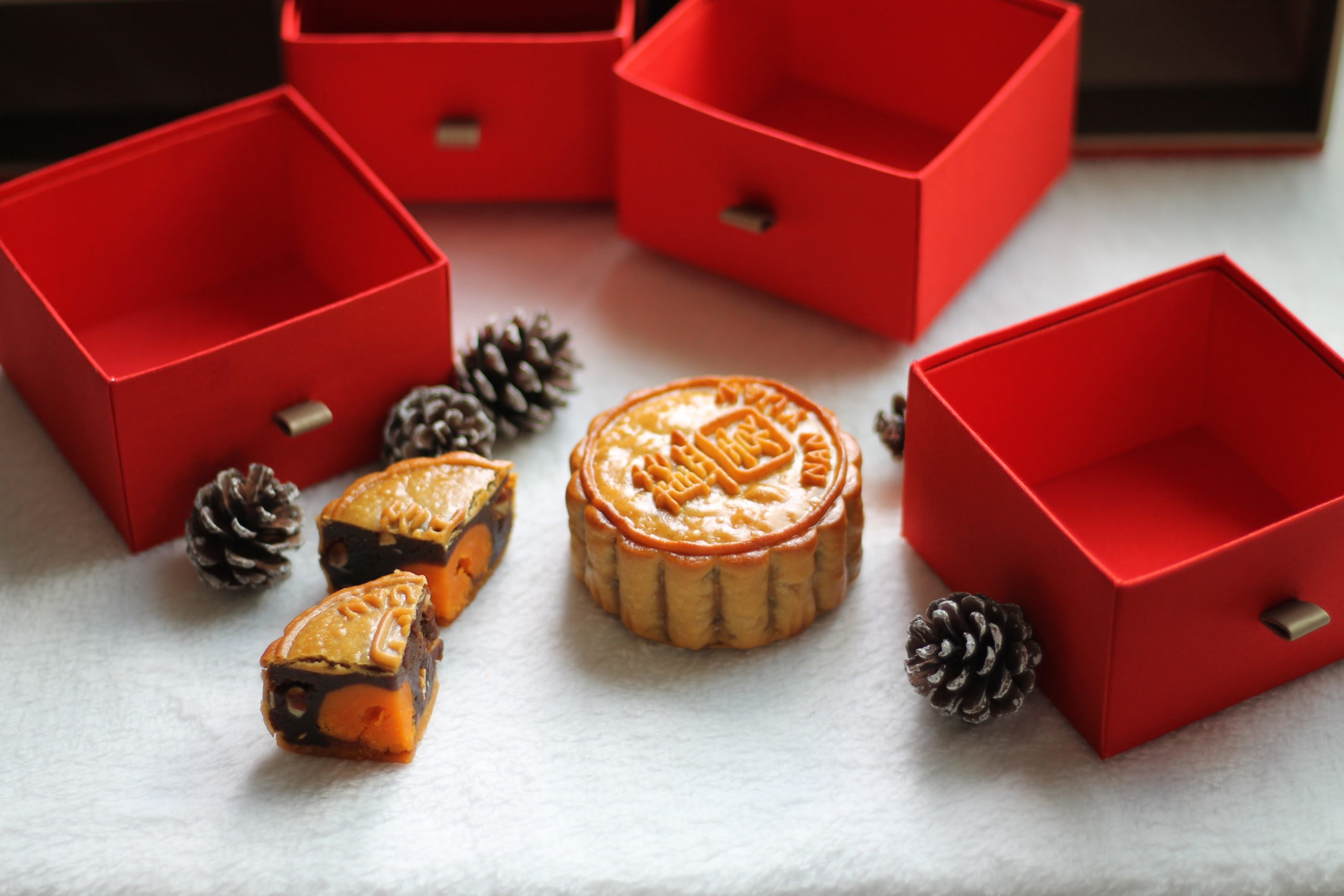Celebrating Mid-Autumn Festival
For Malaysians, we know the annual Mid-Autumn Festival is coming up when we see the shopping malls fully decorated with lanterns and bakeries start to stock up on mooncakes. But the tradition behind the Mid-Autumn Festival runs much deeper than its celebrations.

As you start shopping around for your single or double yolk, or red bean or lotus paste mooncakes, perhaps you might be curious about how this festival became such an international phenomenon.
Read on below to learn about the history and significance of this joyous occasion on the Chinese calendar.
Where is Mid-Autumn Festival celebrated?
Originally a Chinese observance, the Mid-Autumn Festival is now celebrated across Asia including multiple countries in Southeast Asia. You will find mid-autumn festivities in countries with a large Chinese population, such as Malaysia and Singapore, as well as in countries such as Vietnam where ancient ancestral lineage is traced back to China.
Though slightly different, a variant of the Chinese Mid-Autumn Festival is also observed on the same day in Japan and Korea, called Tsukimi and Chuseok respectively, where people also honour the autumn moon.
When is Mid-Autumn Festival celebrated?
As a lunar calendar observance, the Mid-Autumn Festival doesn’t necessarily fall on the same date every year. According to the Chinese calendar, the day of the festival marks the 15th day of the eighth lunar month, marking the autumn equinox ie. the day the sun appears to cross the celestial equator, heading southward.
This year, it falls on 21st September 2021, which incidentally is actually the first official day of autumn for countries in the Northern Hemisphere that have four seasons (including Europe and China).

How far back does the Mid-Autumn Festival go?
Historically, the Mid-Autumn Festival goes back to the Shang Dynasty; a dynasty that ruled China from 1600 to 1046 BC (some 3,600 years ago!). However, it is believed the celebration only gained popularity during the Tang Dynasty 618–907 CE.
What is the significance of the festival?
In a general sense and beyond the festival’s origins in China, the Mid-Autumn Festival is a harvest festival.

However more specifically and in a historical sense, the event is rooted in the Chinese celebrating the harvest during the autumn full moon, and commemorated the fabled dragon who brought rain for the crops – hence why we still see a lot of dragon iconology during the festival period.
It is also believed that celebrations became more prominent when the Tang Dynasty Emperor Xuanzong began hosting festival celebrations in his palace.
As a culture that follows the lunar calendar, moon worship in general was also a big part of ancient Chinese spirituality, with legends and folklore with themes of fertility and family surrounding the moon.
And finally, why are lanterns and mooncakes so popularly associated to the festival?

A hallmark of the Mid-Autumn Festival, the mooncake represents the favoured round shape that symbolizes completeness and reunion. Much like other cakes, mooncakes are meant to bring families together, therefore promoting familial unity.
On the other hand, while it has been associated with the festival since the Tang Dynasty, it is more difficult to discern the exact link between lanterns and the significance of the occasion, but there are a few theories. As moon worship is related to fertility (for example the moon cycle that is often related to a woman’s menstruation cycle), so is the lantern.
And perhaps quite simply, lanterns were a practical way of lighting the streets as communities stayed up late during the festival season, watching the full moon and gazing into the night.
This article got you feeling festive? Apply promo code “MOONCAKE” and enjoy an RM20 discount with a minimum spend of RM120. Spend over RM300 on a single receipt and get FREE delivery on us up to 40km.
Valid until 21 September 2021. Get your mooncake orders in with our participating merchants:
Oversea
Tai Thong
Yu Ai
Sweet and Soft Wagashi
Lavo Mooncake
Good Chen (promo code not applicable with this merchant, only free delivery when you spend RM300 and above)
Duria (promo code not applicable with this merchant, only free delivery when you spend RM300 and above)
